Why should I plant a mixed native hedge?
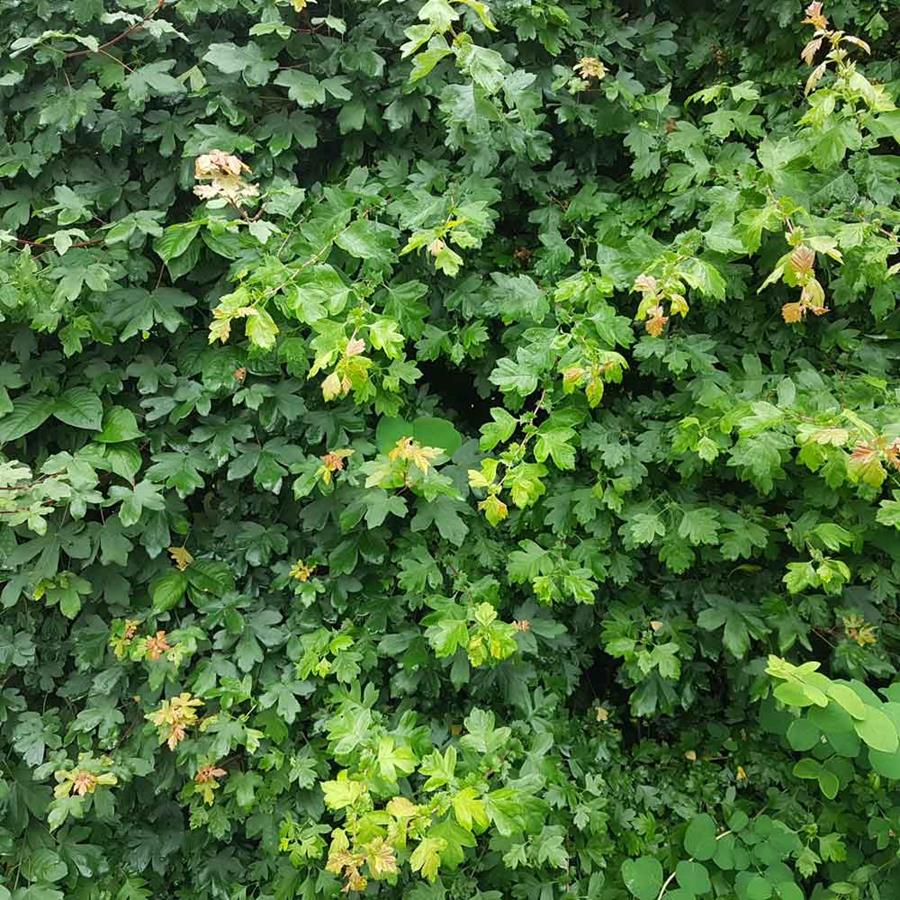
For most of us, hedges play an important role in providing us with privacy from neighbours or screening off something we don’t want to see. They also filter out pollution from roads and provide nesting sites and food for birds, insects and other animals.
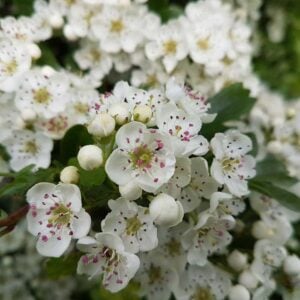
In addition to popular evergreen hedges such as Laurel, Griselinia, Western Red Cedar and Leylandii, there is an alternative that we call “Mixed Native Hedges” that are becoming popular. The main difference is that unlike evergreen hedges which usually consist of just one type of plant, a native hedge can easily consist of three or more types of plants, all growing next to each other in the same hedgerow.
There is a very wide range of these native plants such as Hawthorn (Maythorn), Field Maple, Hazel, Blackthorn, Wild Crab Apple, Guelder Rose, Dog Rose and Spindle as well as species that are sometimes grown in a mix but more often on their own, such as Beech, Hornbeam and Privet. You can pick and choose exactly what combinations you prefer. All these plants are deciduous, meaning they drop their leaves in winter, but when they are in leaf in the spring, summer and autumn, they offer a myriad of different flower colours, leaf textures, autumn colours, berries and fruits with each species showing off its attributes at different times of the year.
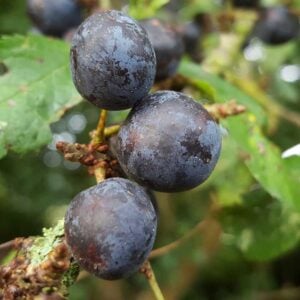
Mixed native hedges offer many benefits. They support diverse wildlife and biodiversity, they provide a mixture of colours and the hedge that changes throughout the year. If you are concerned about security, mature spiny Hawthorns or Blackthorns will deter larger animals or intruders. If you like to make homegrown produce like sloe gin or Crab Apple jelly, Mixed Native Hedging makes it possible.
For example, let’s choose Hawthorn, Blackthorn, Hazel, Wild Crab Apple, Spindle and Privet as a mix for your new native hedge:
Each of these will flower in turn, starting with Hazel catkins in February, the white flowers of Blackthorn in February/March, white Hawthorn flowers with a pink centre in April/May, pink-white Wild Crab Apple flowers in May, pink/orange Spindle flowers in May/June and white Privet flowers around July. This long season of flowering makes them very attractive to pollinating insects.
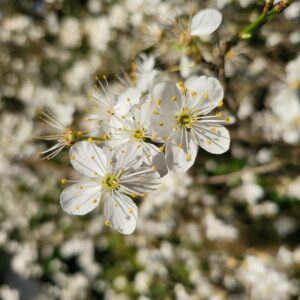
Later in autumn the Blackthorns grow their fruit (sloes), the Hawthorns will be covered in bright red berries (haws), the Wild Crab Apple have their luminous yellowish-red fruit. Hazel will have hazel nuts and bright yellow autumn leaves and Spindle leaves turn an incredible bright crimson and have bright orange berries in clusters. This end of the season provides winter food for birds and other animals.
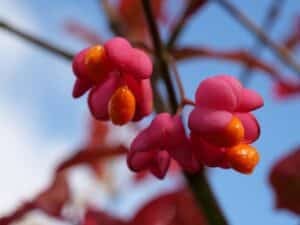
You can plant a mixed native hedge from “bare-root whips”. These are plants that have been grown in a field for a couple of years, dug up and had the soil washed off the roots. They are ready to plant and are usually 60-80cm tall. You can plant them in the winter and early spring. Bare-root season lasts until the end of March or early April (weather dependent) and is the most economical way of creating a mixed native hedge. If you miss the planting window or want a more immediate hedge, we have our instant native hedging grown in troughs in various sizes that can be planted at any time of year. We sell the our mixed native instant hedging troughs online but the bare-root whips are only available to buy through our garden centre in Somerset. Click here to see prices and sizes of all our instant hedging troughs.
If you prefer screening all year round and a solid green hedge even in winter, then choose Laurel, Griselinia, Portugal Laurel, Leylandii or Western Red Cedar (Thuja plicata).


